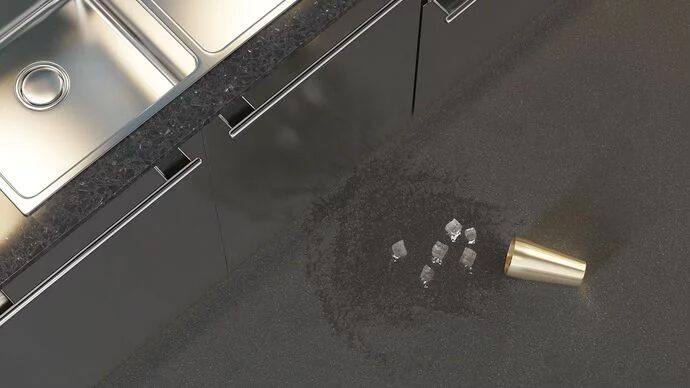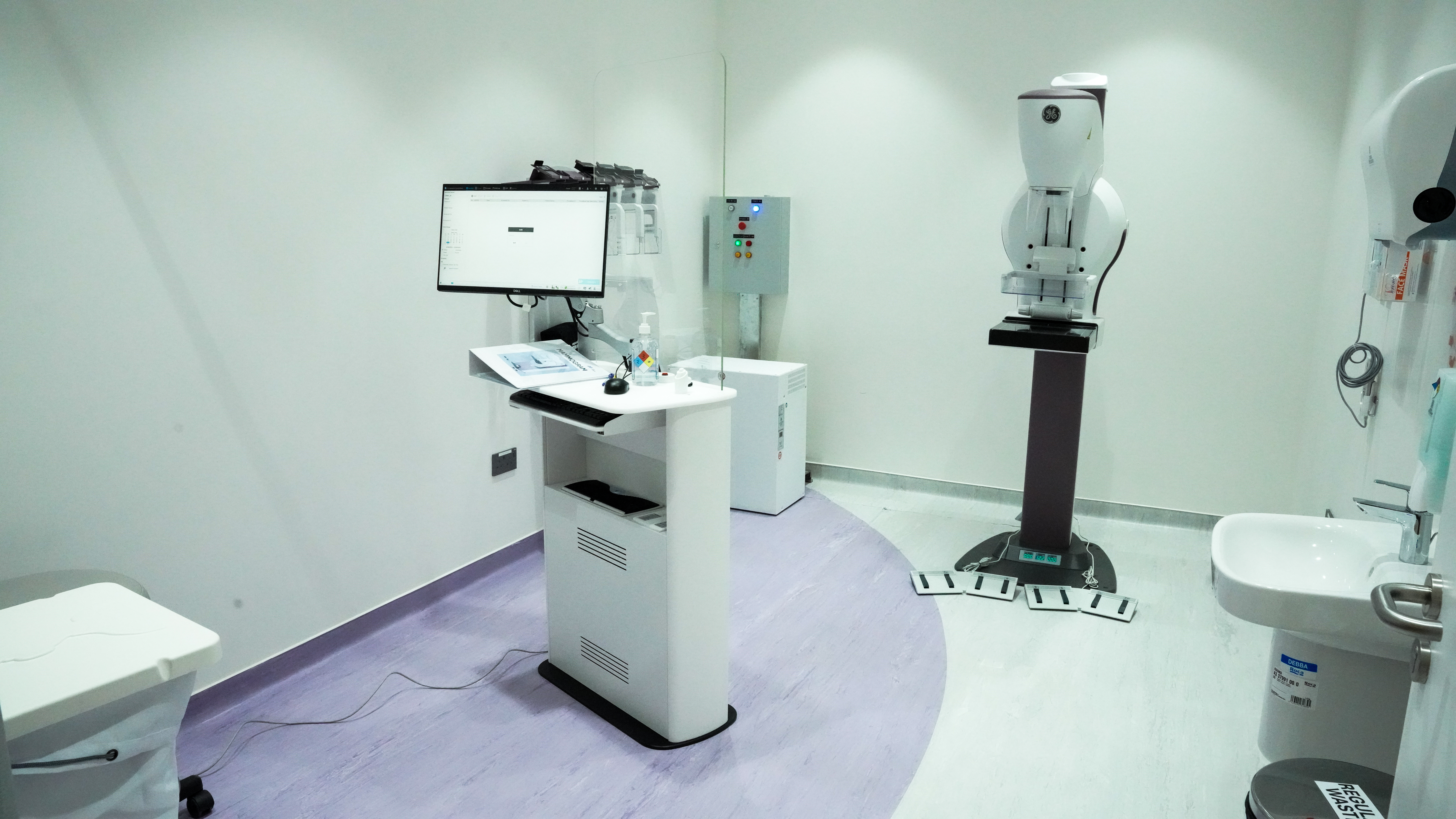Introduction
In healthcare, where precision and prevention are foundational, no element of hospital design can be overlooked. From lighting layout to furniture selection, every detail impacts patient safety and service quality. Among these, flooring plays a pivotal role in maintaining a clean environment, preventing infections, and facilitating smooth movement within medical facilities.
In recent years, hospital flooring has evolved from a mere surface covering into a preventative element that helps reduce hospital-acquired infections while providing a safe and comfortable environment for patients, staff, and visitors. Easy-to-clean vinyl flooring has emerged as the top solution meeting these complex requirements.
This article explores the benefits of easy-to-clean hospital flooring, standards to follow when selecting it, its types, and highlights innovative solutions offered by Ideal Floors, a leading company in healthcare flooring.

Why Choosing the Right Hospital Flooring Matters
1. Reducing Infection Risk
Many viruses and bacteria can survive on surfaces for hours or days. Non-porous, easy-to-clean, antibacterial flooring helps prevent contamination spread through shoes or medical equipment.
2. Facilitating Daily Cleaning
Hospitals often require multiple cleaning cycles per day, particularly in areas like operating rooms and ICUs. Flooring that allows fast, effective cleaning saves time and resources while minimizing workflow interruptions.
3. Enhancing Safety for Patients and Staff
Slips and falls are common accidents in healthcare settings. Hospital flooring must be slip-resistant even when wet or exposed to cleaning solutions.
4. Supporting a Comfortable Healing Environment
Floor colors and visual effects impact patient comfort, especially in pediatric wards or chronic care areas. Modern floors offer soft textures, calming colors, and visually soothing designs.

Key Features of Ideal Hospital Flooring
When designing or renovating a medical facility, floors should meet the following specifications:
- Easy cleaning and disinfection: Smooth, non-porous surface prevents liquid or germ absorption
- Chemical resistance: Withstands strong cleaners and disinfectants without discoloration or damage
- Antibacterial and antifungal properties: Preferably treated throughout the material
- Durability: Resistant to wear, scratches, and heavy medical equipment
- Slip resistance: Safe under wet conditions
- Comfort underfoot: Reduces fatigue for staff standing long hours
- Professional appearance: Enhances the facility’s image for patients and visitors
Types of Hospital Flooring
1. Homogeneous Vinyl
- Single-layer PVC material
- Easy to clean, scratch and stain resistant
- Ideal for corridors, operating rooms, and ICUs
2. Heterogeneous Vinyl
- Multi-layered: decorative surface, antibacterial layer, supportive base
- Flexible and comfortable, suitable for patient rooms and administrative offices
3. Luxury Vinyl Tiles (LVT)
- High-end design mimicking wood or stone
- Perfect for waiting areas, general corridors, and non-critical zones
4. ESD Vinyl (Anti-Static)
- Used in operating rooms or labs with sensitive electronic equipment
Ideal Floors: Your Trusted Healthcare Flooring Partner
Ideal Floors is a recognized leader in specialized flooring solutions, particularly for environments requiring the highest hygiene and safety standards.
What makes Ideal Floors’ hospital flooring stand out?
- ISO and CE certified for health and safety
- Antibacterial and antifungal treatment integrated throughout the material
- Wide selection of neutral, visually calming colors
- Protective layers against wear, scratches, and chemicals
- Expert guidance for selecting the right floor for each hospital area
- Professional installation teams ensuring minimal disruption to hospital operations
Service Sectors:
- Public and private hospitals
- Multispecialty clinics
- Imaging centers and laboratories
- Sterilization units and pharmacies
- Nursing and rehabilitation centers
Case Study (Applied Example)
A university hospital in Tunis faced issues with its emergency unit flooring, where old surfaces absorbed liquids and caused frequent slips. Ideal Floors provided homogeneous, antibacterial, and chemical-resistant vinyl flooring.
Results in the first months:
- 70% reduction in slip accidents
- 40% faster daily cleaning
- Improved unit appearance and visitor impression
- Enhanced staff comfort and mobility
Practical Tips for Choosing the Perfect Medical Floor
- Assess each area individually: corridors, rooms, labs, etc.
- Check product lifespan and warranty
- Choose a supplier offering continuous technical support and professional installation
- Ensure flooring is compatible with hospital-approved cleaning procedures
- Prioritize quality over price: flooring is a long-term investment
Conclusion
In sensitive environments like hospitals, flooring is the first line of defense against infections and a key factor in patient and staff comfort. Easy-to-clean vinyl is not just practical—it is a strategic necessity for modern healthcare facilities.
With Ideal Floors, you gain more than high-quality flooring: professional consultation, customized solutions, and precise execution that reflect the standard of care your institution provides


